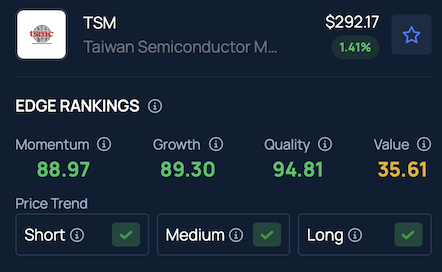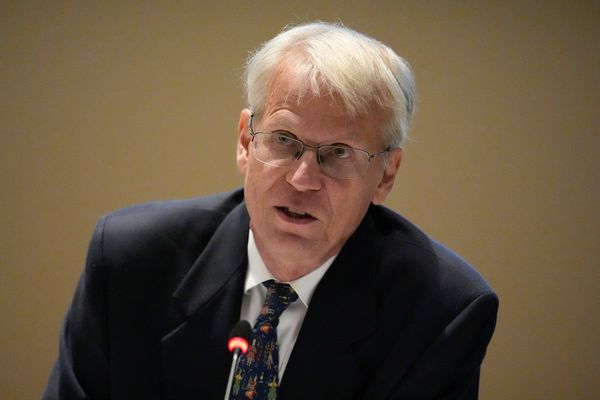
Earlier this month, Taiwan firmly rejected the Donald Trump administration's proposal for an even split in semiconductor production between the U.S. and Taiwan.
Now, analyst Ming-Chi Kuo has shed more light on the proposal, saying Washington's expectations oversimplify the issue and ignore deeper structural problems within America's own chip ecosystem.
Ming-Chi Kuo: The ‘50–50' Plan Is Vague And Unrealistic
On Sunday, taking to X, formerly Twitter, TF International Securities analyst Kuo said U.S. Commerce Secretary Howard Lutnick's "50–50" concept lacks definition and feasibility.
"Given current industry realities, neither the Taiwan government nor TSMC/Taiwanese firms are the primary bottlenecks to improving U.S. semiconductor self-sufficiency," Kuo wrote.
"The call is better understood as a one-sided expectation that oversimplifies the facts and provides little basis for concrete discussion or execution."
Kuo said the real bottleneck lies in the U.S.'s limited semiconductor infrastructure and skilled labor shortage.
A new Taiwan Semiconductor Manufacturing Co. (NYSE:TSM) fab takes about 24–28 months to build in the U.S., compared with 16–20 months in Taiwan, due to regulatory and workforce hurdles, he added.
TSMC's US Expansion Already Ahead Of Schedule
Kuo added that TSMC's U.S. build-out is "already running ahead of plan."
The chipmaker's strategy, dubbed "6 + 2 + 1," includes six advanced-node fabs, two advanced-packaging plants and one R&D center.
TSMC's first Arizona fab is already in mass production, while its second has been advanced to the second half of 2027 and expanded to include next-generation 2-nanometer production.
When all six fabs are fully operational by 2032, U.S. output could account for 25–30% of TSMC's global capacity, Kuo estimated.
The Real Challenge: Global Supply Chain Constraints
Kuo warned that shifting chip production from Taiwan to the U.S. without addressing supply chain dependencies—particularly from Japan's specialty chemical suppliers—would not ensure true self-sufficiency.
He concluded that the U.S. should focus on expanding its domestic semiconductor infrastructure and workforce rather than demanding production commitments from Taiwan.
Taiwan Pushes Back On US ‘50–50' Proposal
Previously, Taiwan's Vice Premier Cheng Li-chiun said that the government "never made any commitment" to the "50–50" plan.
Meanwhile, President Lai Ching-te met with U.S. trade officials and announced Taiwan's plan to purchase $10 billion worth of American agricultural products over the next four years.
Taiwan, which hosts TSMC — the world's largest contract chipmaker — maintains a significant trade surplus with the U.S. and currently faces a 20% tariff on its exports to the country.
While TSMC is investing $165 billion in semiconductor facilities in Arizona, most of its manufacturing will remain concentrated in Taiwan.
TSMC has also dismissed rumors about potential investments or collaborations with any company, including Intel Corp (NASDAQ:INTC).
Price Action: TSMC shares have risen 44.95% year-to-date and increased 58.36% over the past year, according to Benzinga Pro.
TSMC ranks highly in Benzinga's Edge Stock Rankings and shows a positive price trend across short, medium and long-term horizons. Click here for a closer look at the stock, along with its peers and competitors.

Read Next:
Photo Courtesy: William Potter on Shutterstock.com
Disclaimer: This content was partially produced with the help of AI tools and was reviewed and published by Benzinga editors.







